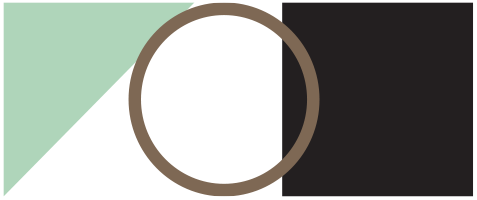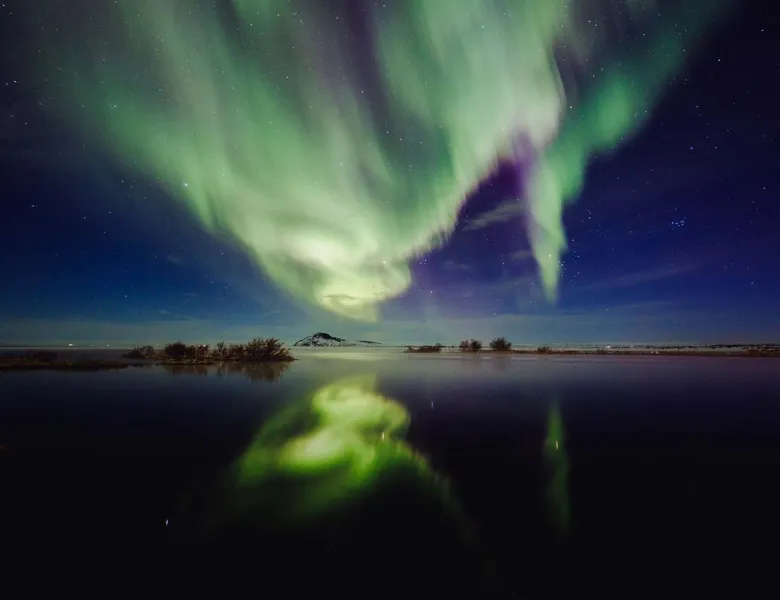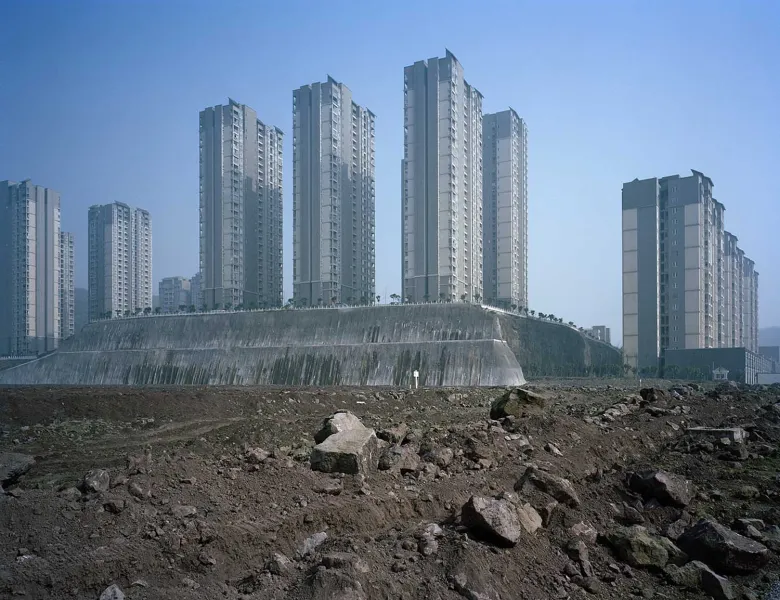Arctica: The Vanishing North, Sebastian Copeland - THE FENCE
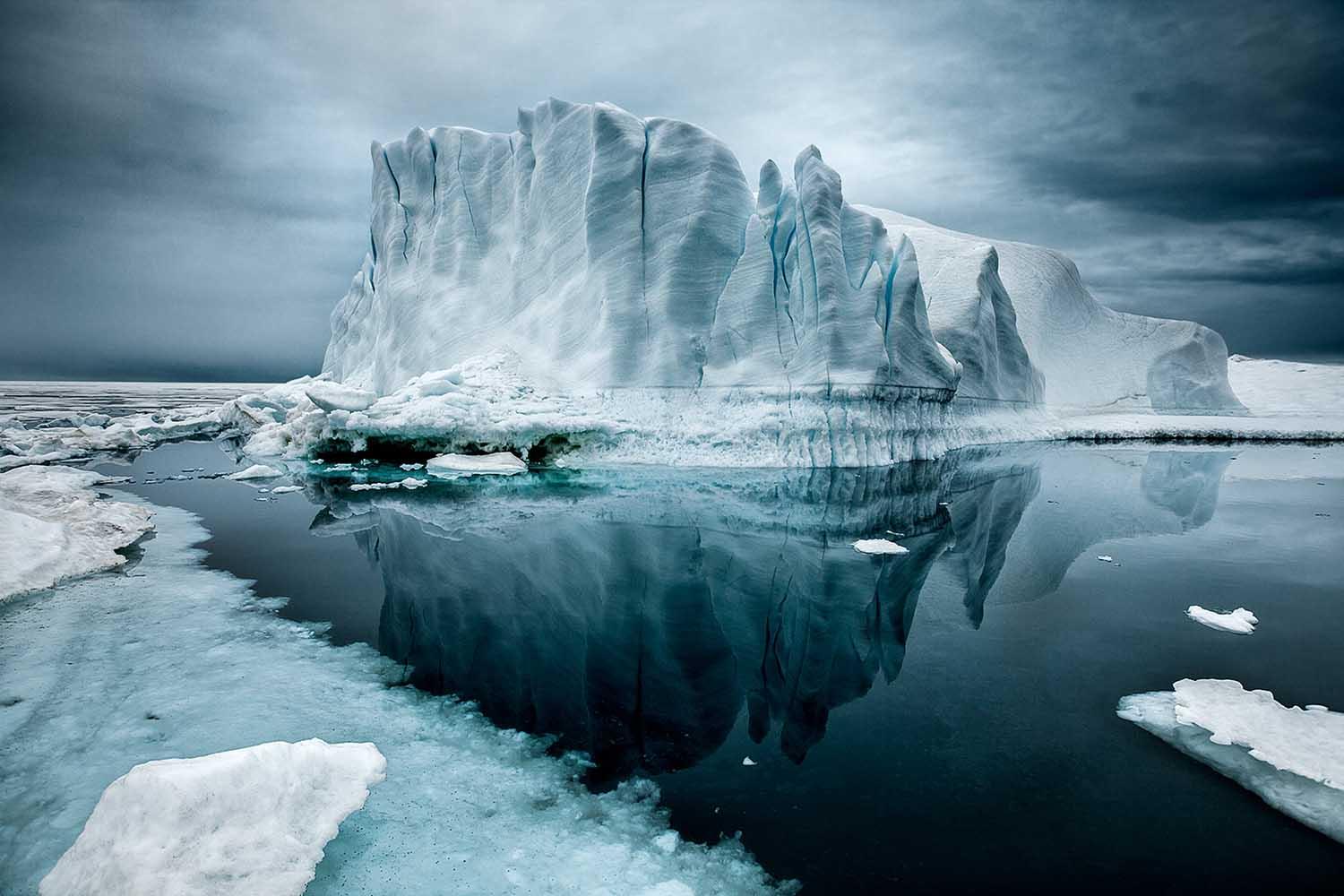
This blog is part of a series of exclusive interviews with the winners of United Photo Industries’ (UPI) pioneering Brooklyn-based public photography installation THE FENCE.
---
Sebastian Copeland is an award-winning photographer, explorer, author, and environmental advocate. Sebastian has led expeditions across the Arctic sea, Greenland and Antarctica, covering over 8,000 kilometers on skis over the ice and earning multiple records in the process.
An international speaker on the climate crisis for more than a decade, Sebastian has addressed audiences at the UN, at universities and museums worldwide, and many fortune 500 companies warning of the systemic transformations taking place in the polar regions from anthropogenic activities, and their geopolitical consequences. Sebastian is a member of the Explorers Club. He sits on the board of directors of President Gorbachev’s Global Green USA.
Hi Sebastian. What is it that attracts you to the Arctic? Do you find it hard working in such an isolated location?
The poles are about as close as you will get to visiting another planet. Everything about them is exotic. They are giant deserts, where the harsh environmental barrier has imposed a natural selection that excluded humans. The cold, remoteness and limited resources impose a different relationship to the environment-more conscientious and respectful. For visitors like me seeking immersive experiences, it makes for thrilling and often humbling exploration. The extreme cold of some of my trips impose an approach that would not be the same in the warmer latitudes: waiting for light is not generally an option in the very cold. Also, as I am always moving, some location would benefit from a revisit in different conditions but that is a luxury that is rarely there! Equipment is tough to handle in the extreme cold. With that said, some of my best images were taken when it was not so cold—which follows logic. But as with all landscape photography, the visual payoff is commensurate with the time invested. And the Arctic is especially rewarding to those efforts when everything lines up. The dominance of water, in either frozen or liquid form, and the low angle of the sun makes for a limited color spectrum; while the stripped down landscape imposes focus. Visually, clouds and ice are kindred spirits: low contrast celebrates blues, and ice can acquire an iridescence that is unique to polar photography.
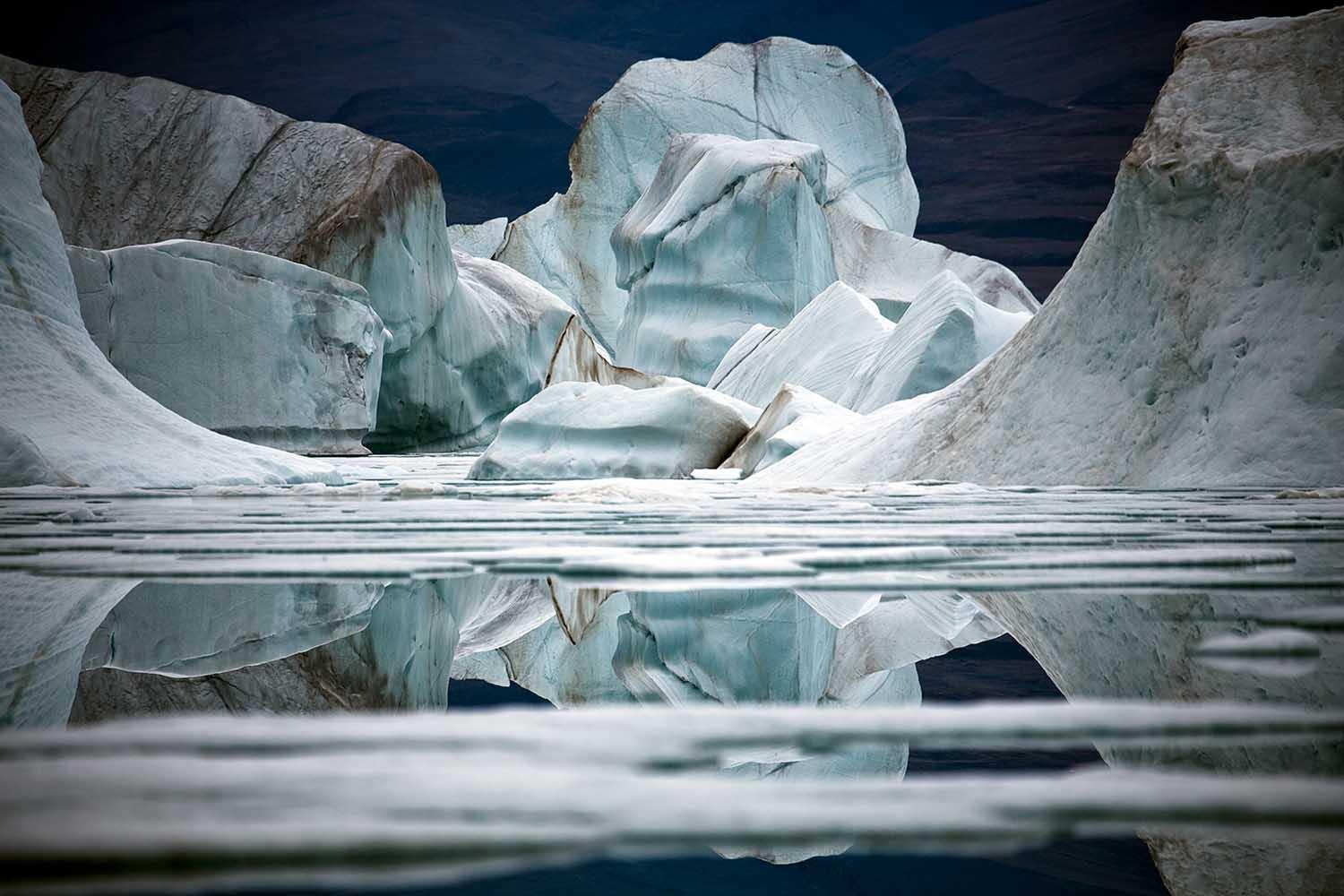
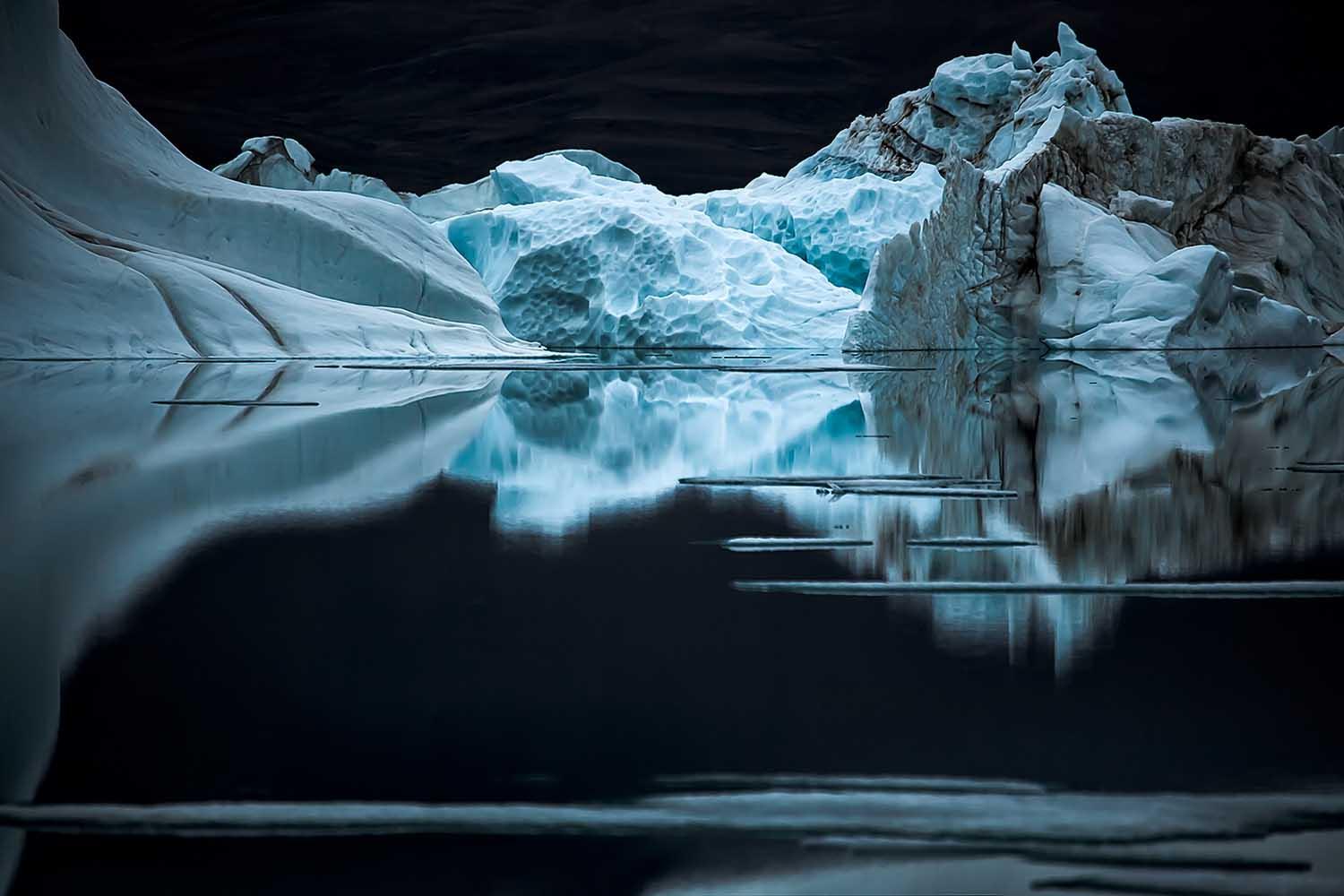
You do many talks on climate change, which has become a very prevalent subject at the moment. Do you think the population has the time to reverse some of the effects?
The more remote an environment, the harder it is to engage people to care. That is just human nature. We protect what we know, and what we love. The Arctic is complex and forbidding. It is a harsh and formidable environment that makes challenging the task of speaking to its fragility. It is counter-intuitive. What’s more, numbers and scientific data can be esoteric and misleading. In the Arctic, as with everywhere, warming trends are non-linear, and measured over half centuries or more. When we speak of temperatures changing by just a few degrees, it’s easy to reach for the clicker and look for other news. But the last ice age was precipitated by a shift of just five degrees; today, some regions of the Arctic have warmed by up to seven degrees. What shocks the scientific community has failed to capture public opinion. It many ways, it is a communication and marketing failure. But we face an "all hands on deck" moment in our development where every tool must be used to raise the alarm on this critical and urgent threat. My work purports to bridge the gap between the heart and the mind, and help pave the way for a program of action. Art generates emotions where science generally cannot. With the images I bring back, I hope to help people fall in love with their world, so that they will care more to protect it. Reversing the effects of climate change would take enormous commitments globally. These are sluggish, but they are coming. Sadly, people react to drama. And this is a race happening in slow motion, so the drama is lacking. But if we are headed into a wall at 100mph, a good start would be to ease the foot off the accelerator.
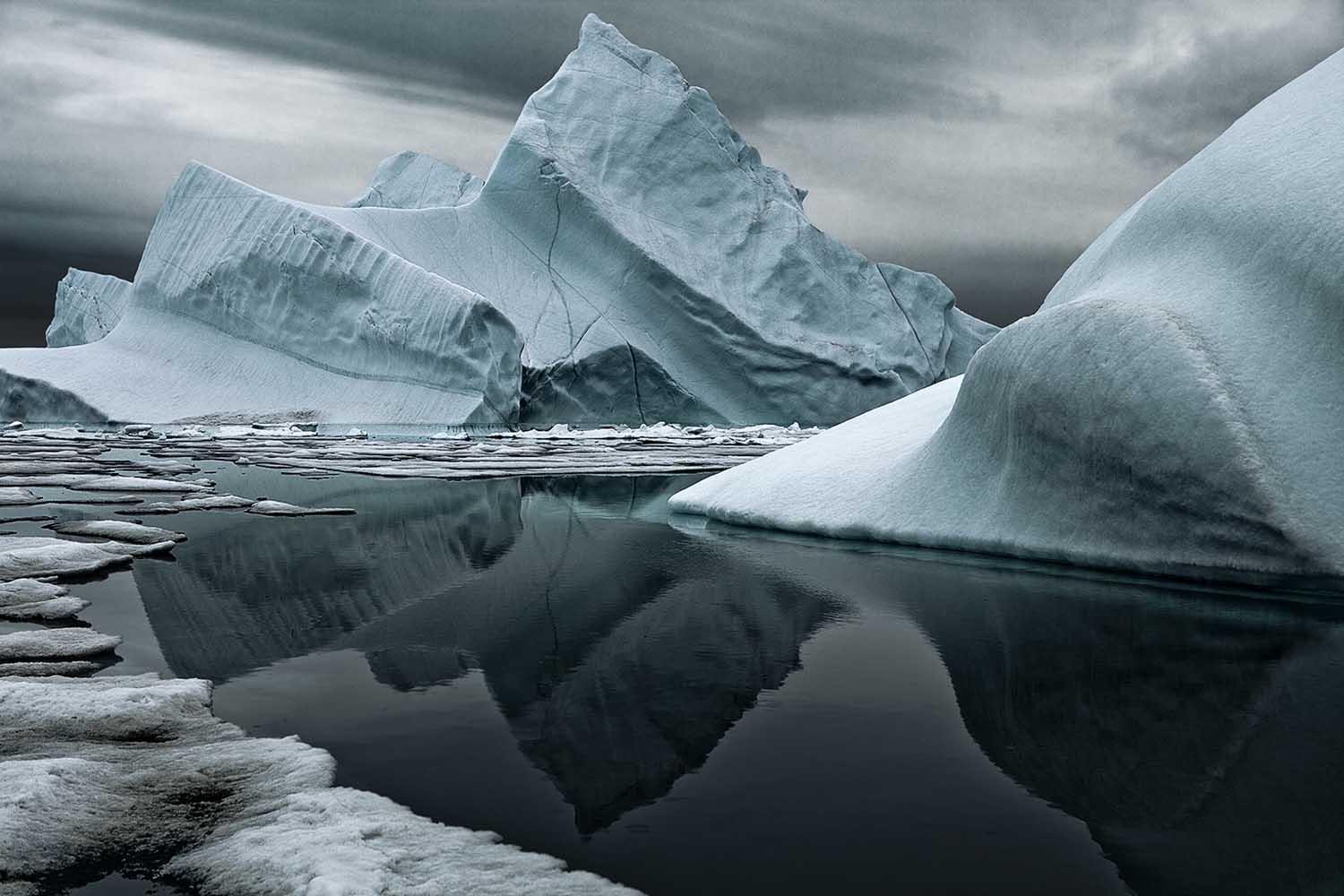
How important is it for explorers like yourself to take images of the arctic?
I find that coming back with images is like bringing back a sustainable loot, which is also renewable! I get to re-experience my trips that way, and more importantly sharing them is something that I see as a personal responsibility. Given their remoteness, these locations are outside the reach of most people. The vast majority will experience them through people like me; filming and photographing therefore becomes an official function, provided you have the tools to do so. Our world is shrinking given the reach of our global imprint. To be familiar with distant places which are affected by activities perpetuated from thousands of miles away might just engage a thought process. At the very least, it will be a good time!
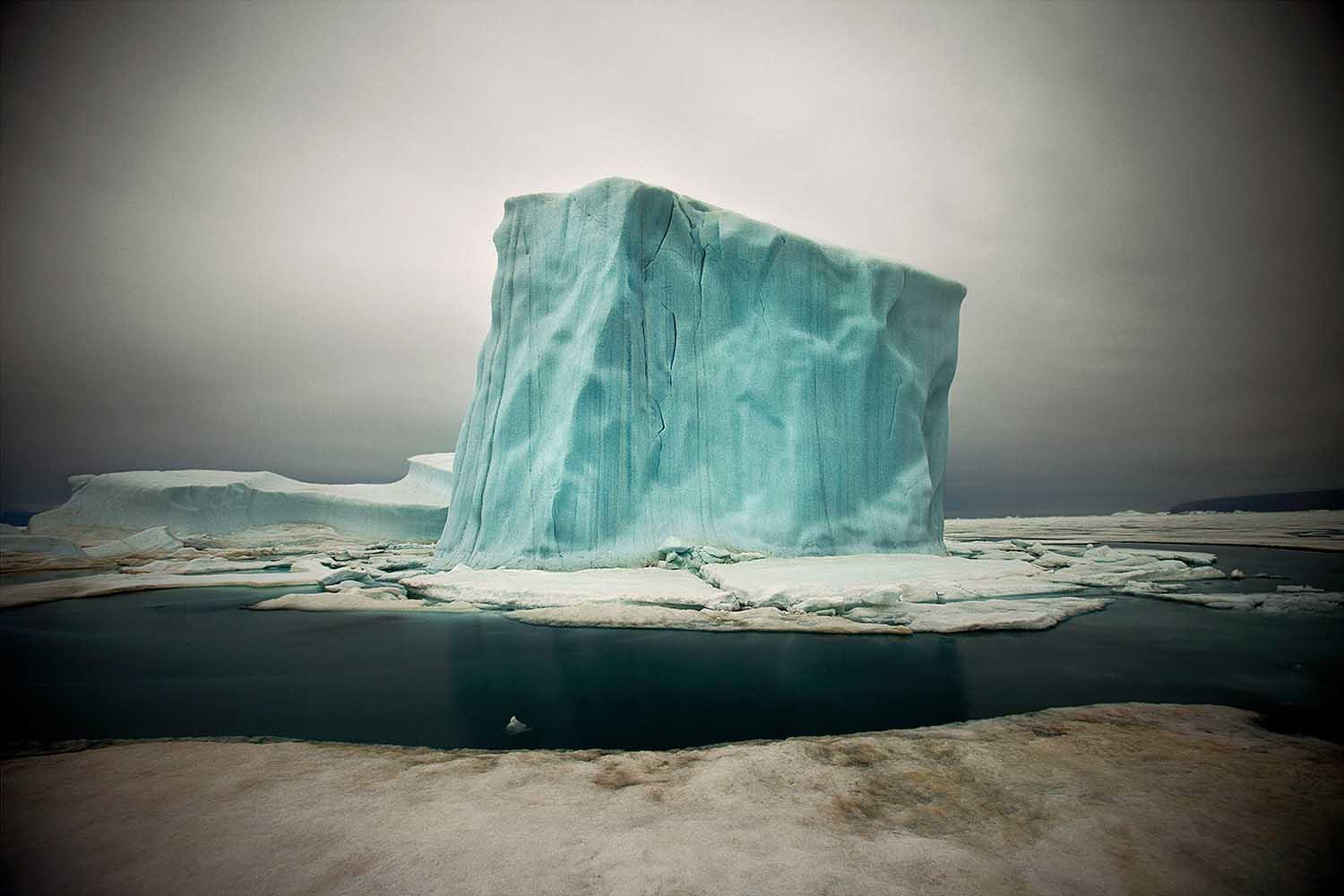
Do you find it frustrating if audiences only see the images as art rather than a reference to our arctic?
As long as viewers are moved by images of their environment, I am not attached to what they draw from it. So long as it is something. But personally, I believe that images should move a viewer first from an artistic perspective, rather than be didactic. Art is the key that opens the door. Anything can happen from there.
Do you have a photographic philosophy?
Yes. Shoot what you love. And shoot a lot of it. There's nothing like examining your images to see where your intuition works, and where it needs something more. So much goes into capturing a fraction of a moment in time. And we can easily be fooled by modern complex algorithms design to make the us look like a genius, when it is in fact the camera doing all the work. To dig deeper, you need to question every result and submit it to a grueling critical test. The beauty of an artistic endeavor is that you have never arrived; it is always a work in progress!
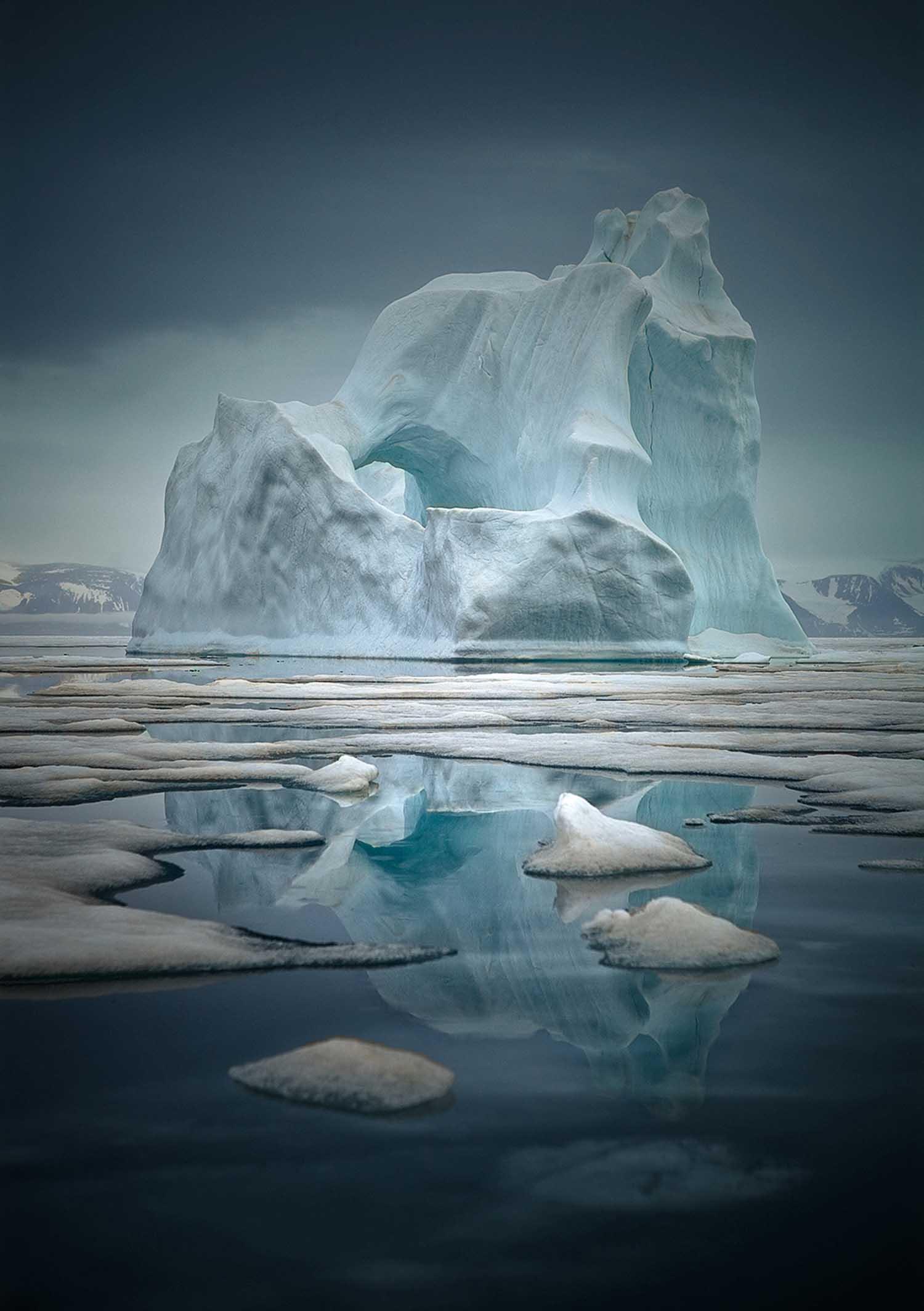
Where in the world are you? What’s next?
I am in Los Angeles, about to move to Munich—at least partially. My wife is German and I was raised in Europe and we have two little girls that would benefit from that European cultural experience growing up—safer, and less materialistic. I have a large outdoor exhibition next year in Paris (80 large scale panels on the gates around the French Senate); and a few shows. And I am working on a desert project for the Sahara that I am very excited about. More on this soon. You can follow my work on sebastiancopeland.com and I will make another attempt at the North Pole in a couple of years.

